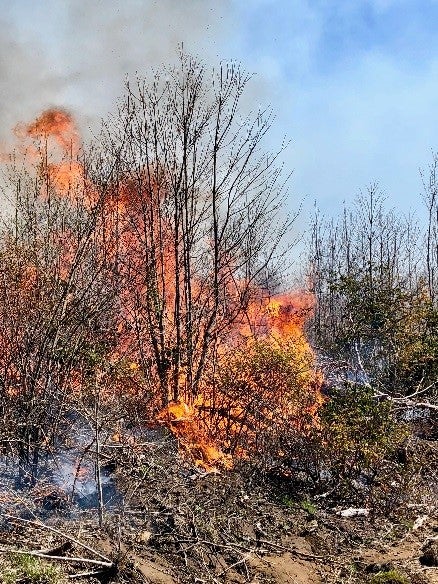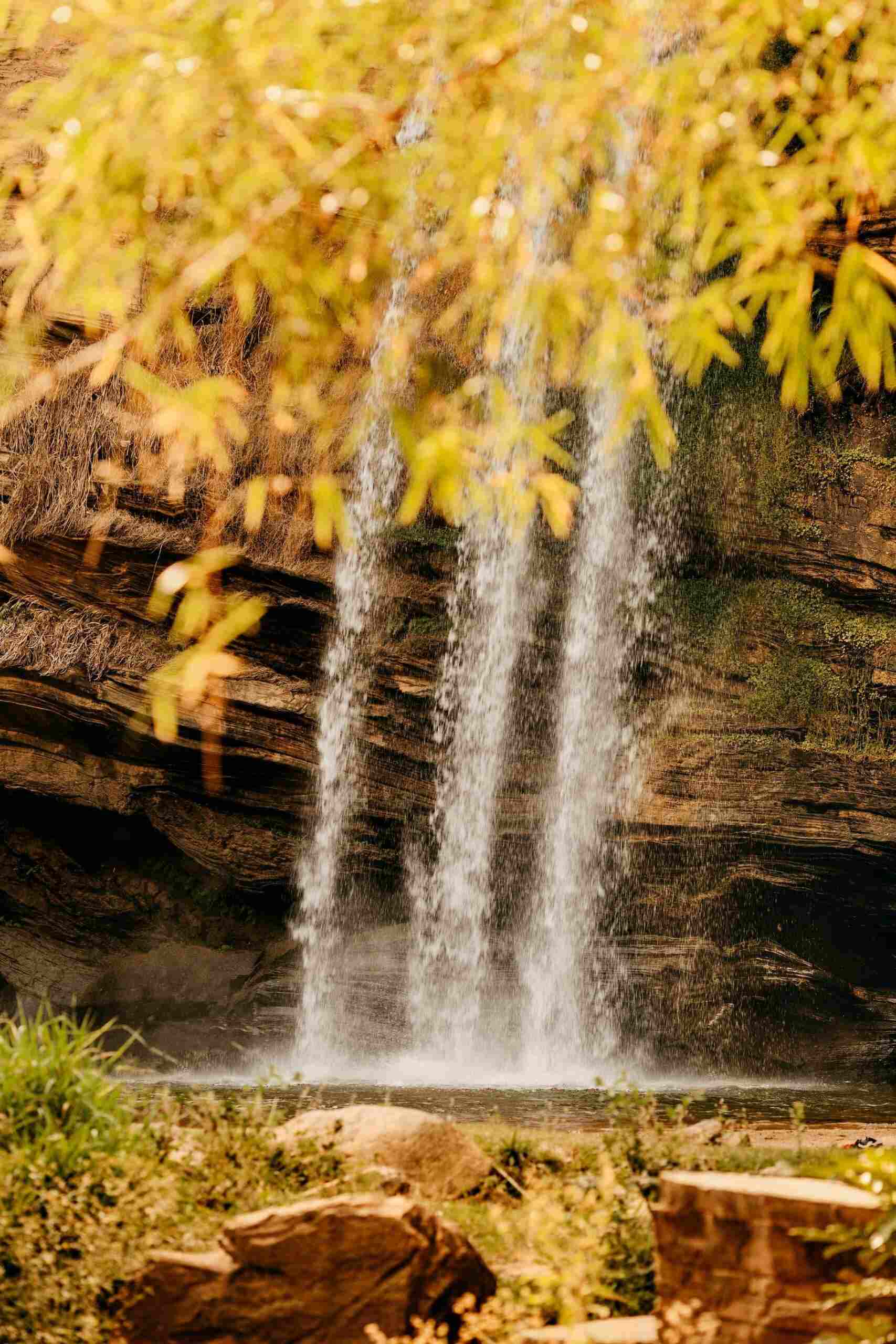
At Coal Creek, we attempt to burn approximately 500 acres of land each year. We work closely with the University of Tennessee, The Southeastern Grassland Initiative and our local forestry department. Controlled burns were once performed regularly by Native Americans and are currently becoming more popular with the mainstream scientific and environmental communities. Burning land in this controlled way helps kill weeds and bugs, enhance soil quality, and encourage the growth of native grasses.
Burning is a complex and dangerous proposition. It requires multiple hands as well as trained or licensed experts. When the ground is too dry, or the weather is too windy, the fire department will not issue permits. So when an appropriate day presents itself, everyone at Coal Creek stops whatever they are working on and helps with the controlled burn.
Springtime, right before the leaves get too green, is primetime for burning.
Below are some before and after images of last week’s burns. We were successful in burning approximately 200 acres over a four day period. I was not in Cumberland County for the actual burn days, but followed closely on my iPhone.
Once the burn was safely executed, there was an amazing sense of accomplishment, even for me sitting at my desk hundreds of miles away. I can feel the new life being created… I get excited for the grassland birds which are currently migrating and stopping in the burned areas. And I can’t wait to see the first signs of fresh growth (which happen almost instantly). Next weekend I will be able to put together some “before” and some “after” pictures. But for now, here are a few good ones.


George Lindemann is the General Manager of BC Property, a Partner in the Lake Point Restoration Project, and President of The Bass Board of Directors. He writes frequently about issues related to the environment, culture, and community enrichment. To follow his blog click here.






